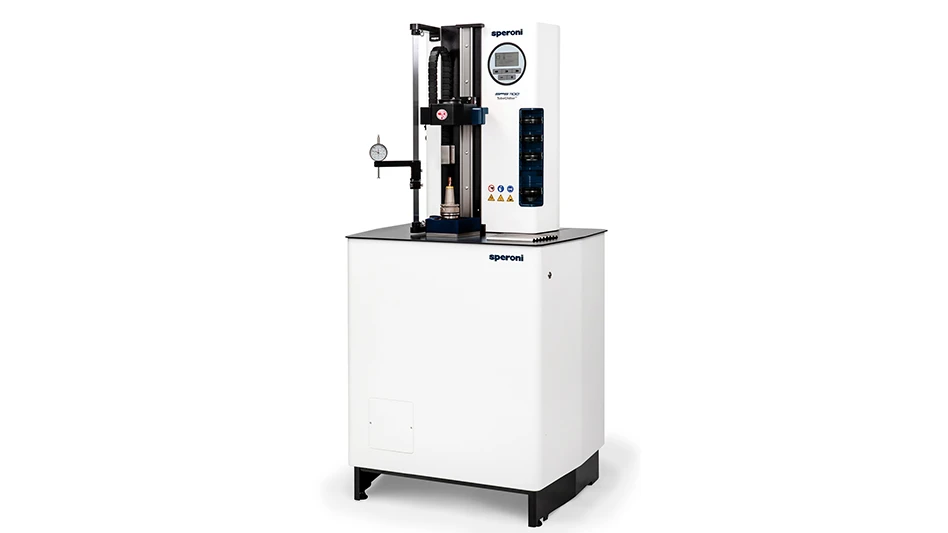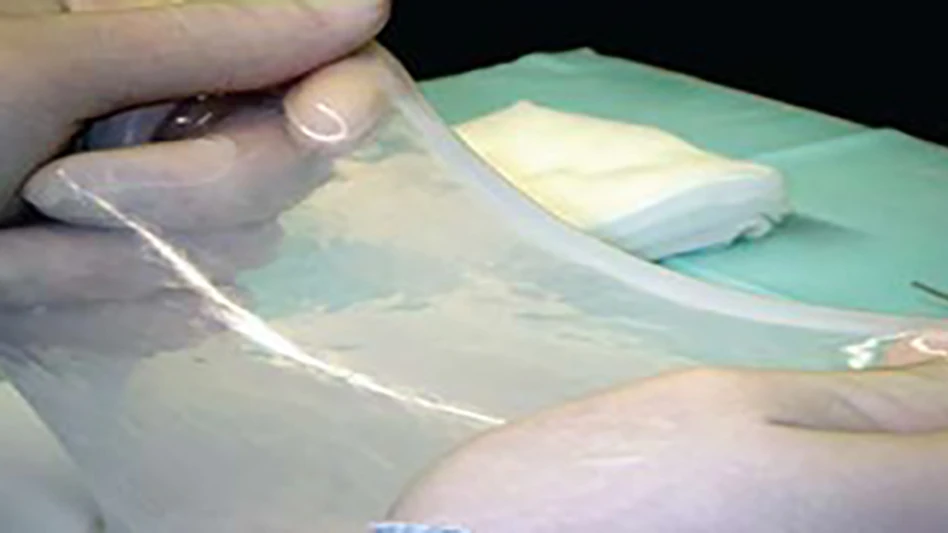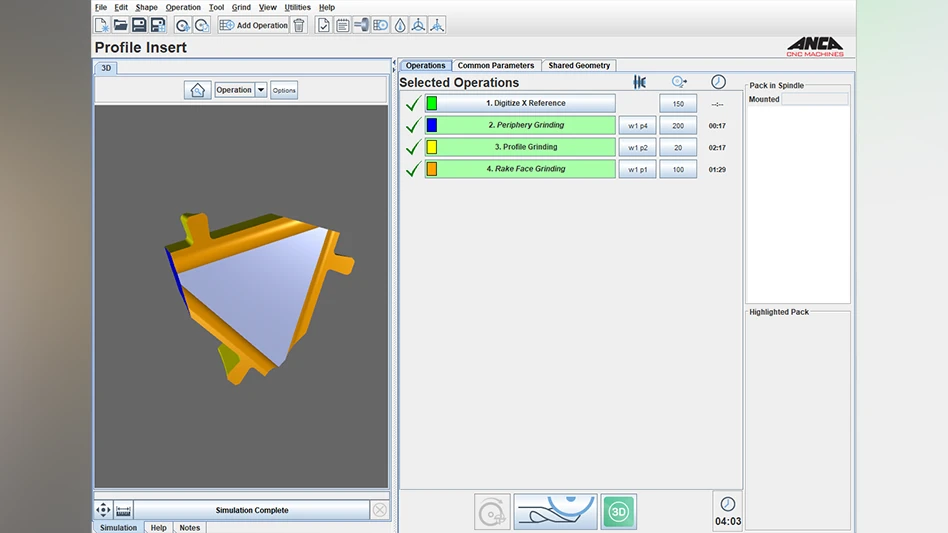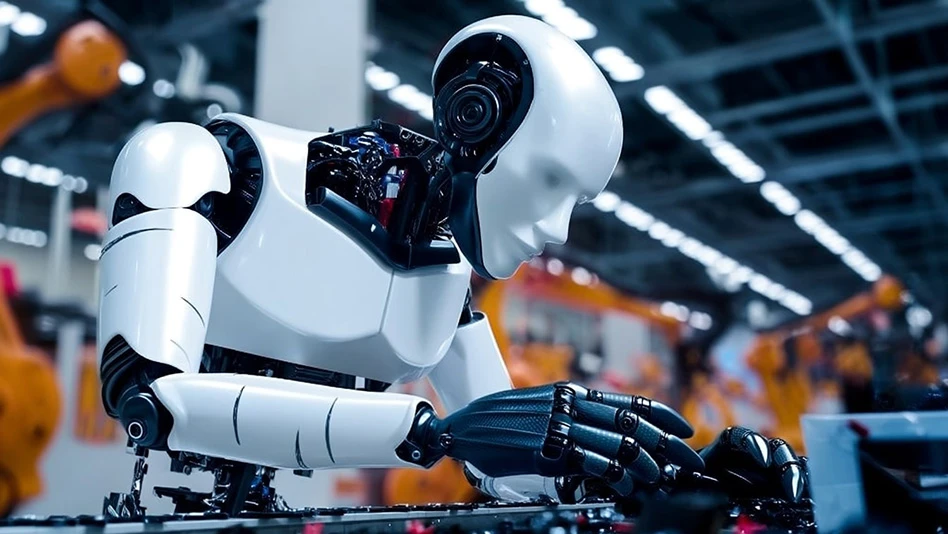
Northeastern assistant professor Randall Erb, left, and Joshua Martin, PhD '17, have developed an innovative 3D printing technology that could revolutionize important biomedical equipment, enhancing treatment for everyone from premature babies to patients needing implants. Photo by Adam Glanzman/Northeastern University
Boston, Massachusetts – We’ve all seen pictures of premature babies in neonatal care units: tiny beings, some weighing just a bit over a pound, with plastic tubes snaking through their nose or mouth, or disappearing into veins or other parts of the body. Those tubes, or “catheters,” are how the babies get the necessary oxygen, nutrients, fluid, and medications to stay alive. In the United States alone, nearly 500,000 premature babies are born each year.
Click here to read the full piece by Thea Singer from Northeastern University
Latest from Today's Medical Developments
- Teleflex sells acute care and urology businesses for $2.03 billion
- HANNOVER MESSE: Where research and manufacturing meet
- What’s next for the design and manufacturing industry in 2026?
- Arcline to sell Medical Manufacturing Technologies to Perimeter Solutions
- Decline in German machine tool orders bottoming out
- Analysis, trends, and forecasts for the future of additive manufacturing
- BlueForge Alliance Webinar Series Part III: Integrate Nationally, Catalyze Locally
- Robot orders accelerate in Q3





